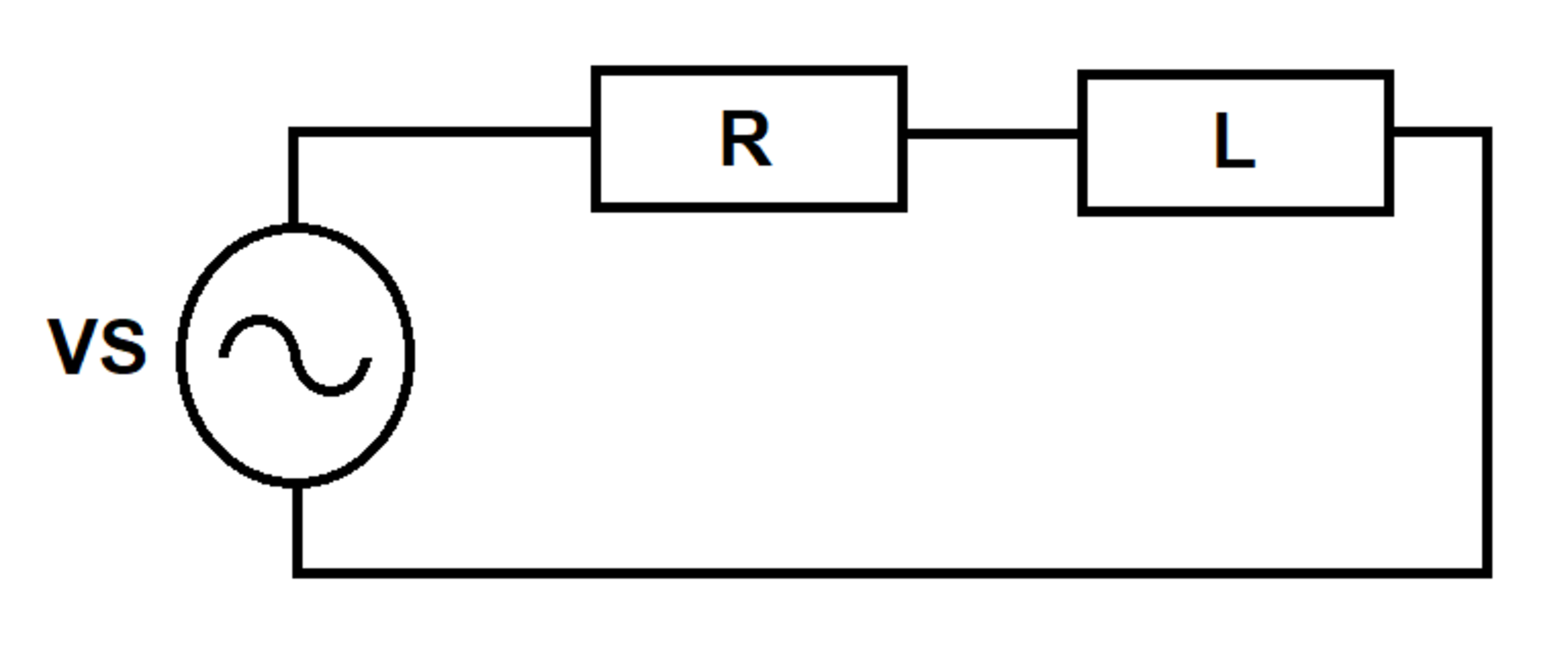RL with Circular Wave Source
A "circular wave" voltage source excites an circuit as shown. The source voltage is zero at time . It consists of semicircles of radius , with alternating polarity. The period of the signal is seconds. See the attached image.
At time , there is no current in the circuit. In steady state, after initial transients have died out, what is the peak instantaneous value of the current?
Details and Assumptions:
1)
2)
3)
All quantities are in standard
units


The answer is 1.921.
This section requires Javascript.
You are seeing this because something didn't load right. We suggest you, (a) try
refreshing the page, (b) enabling javascript if it is disabled on your browser and,
finally, (c)
loading the
non-javascript version of this page
. We're sorry about the hassle.
Great start to the year!
First, the triangular wave signal's equation is computed, which is:
V S ( t ) = ⎩ ⎨ ⎧ 4 π 2 − ( t − ( 2 π n + 2 π ) ) 2 − 4 π 2 − ( t − ( 2 π n + 2 3 π ) ) 2 2 π n ≤ t < ( 2 π n + π ) ( 2 π n + π ) ≤ t < ( 2 π n + 2 π )
n = ⌊ 2 π t ⌋
Having obtained V S ( t ) the circuit equation is:
L I ˙ + I R = V S ( t ) I ( 0 ) = 0
I have avoided doing this analytically. So numerical integration takes care of the rest. The following plot is hopefully illustrative:
Here, I have compared the current response due to the circular wave source with that of the triangular and sinusoidal sources. This plot strengthens my assertion about the fact that the magnitude of the current response is higher as the source supplies a higher magnitude of energy per unit current.